Location Targeting Platform: Unlocking the Power of Precision Marketing
Are you tired of casting a wide net with your marketing efforts and hoping for the best? It’s time to get laser-focused and start reaching the right audience at the right time. That’s where a location targeting platform comes in. With this powerful tool in your arsenal, you can target customers based on their geographical location, ensuring your message reaches the people who are most likely to be interested in what you have to offer.
Whether you’re a small local business or a global brand, location targeting can help you maximize your marketing budget and increase your conversion rates.
By incorporating user data, such as IP addresses and GPS signals, you can create highly personalized campaigns that resonate with your target audience. So, if you’re ready to take your marketing to the next level, it’s time to explore the benefits of a location targeting platform.
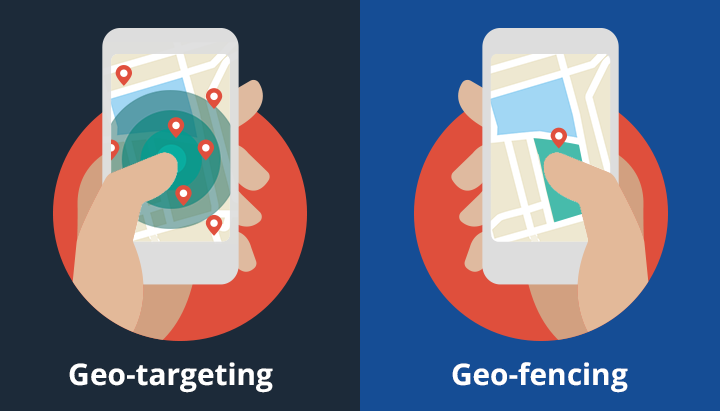
What is a Location Targeting Platform?
A location targeting platform is a powerful tool that enables businesses to deliver highly targeted marketing messages based on the geographical location of their audience. It leverages user data, such as IP addresses and GPS signals, to determine the location of a user and deliver relevant content accordingly. This technology has revolutionized the way businesses reach their target audience, allowing them to tailor their marketing efforts to specific regions, cities, or even neighborhoods.
A location targeting platform offers a range of features and capabilities that help businesses optimize their marketing efforts. From geofencing, which allows businesses to set virtual boundaries and target users within a specific area, to geotargeting, which enables businesses to deliver personalized content based on the user’s location, these platforms provide the tools necessary to create highly effective marketing campaigns.
But how exactly does a location targeting platform work?
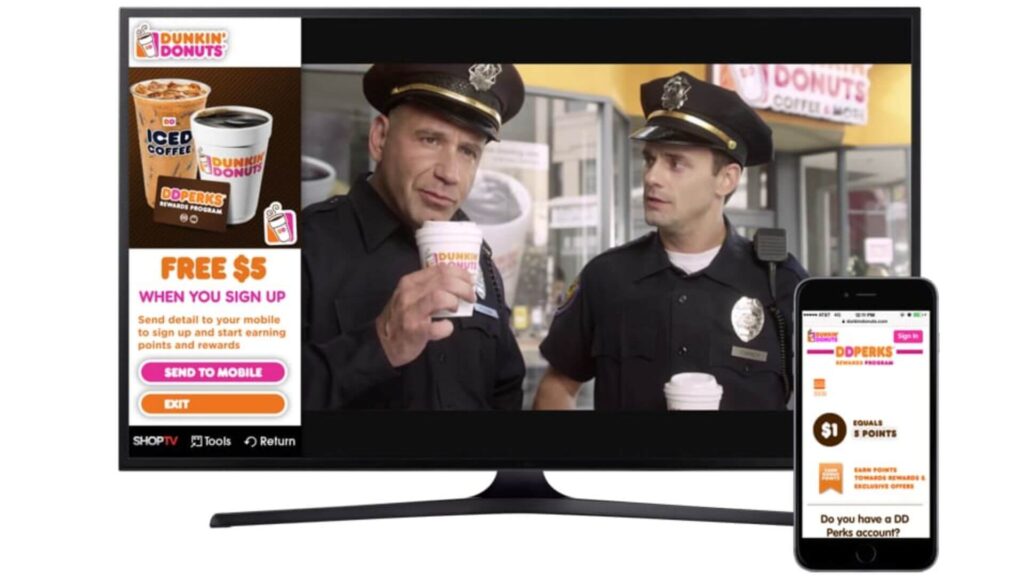
How Does a Location Targeting Platform Work?
A location targeting platform works by collecting and analyzing user data to determine the location of a user. This data can be obtained through various means, such as IP addresses, GPS signals, or even Wi-Fi networks. Once the user’s location is determined, the platform can deliver personalized content that is relevant to that specific location.
One of the most common methods used by location targeting platforms is geotargeting. This technique allows businesses to deliver ads or content that are tailored to a specific location. For example, a restaurant chain can use geotargeting to promote a new menu item to users who are within a certain radius of their locations.
Another popular feature offered by location targeting platforms is geofencing. Geofencing allows businesses to create virtual boundaries around specific areas and target users who enter or exit those areas. This can be particularly useful for businesses that want to drive foot traffic to their physical stores or for events that want to reach attendees within a certain radius.
By leveraging these advanced technologies, a location targeting platform empowers businesses to deliver highly relevant and personalized content to their target audience, increasing the effectiveness of their marketing efforts.
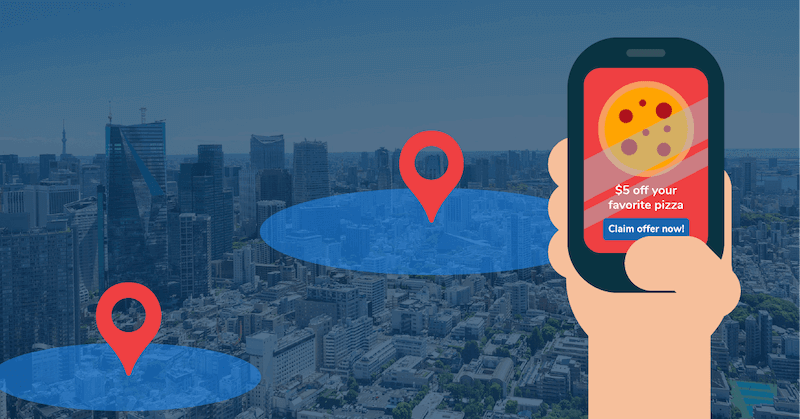
Benefits of Using a Location Targeting Platform
Using a location targeting platform offers numerous benefits for businesses of all sizes and industries. Here are some of the key advantages:
- Precise Targeting: By targeting users based on their geographical location, businesses can ensure that their marketing messages reach the right audience at the right time. This precision targeting helps eliminate wasted ad spend and maximizes the chances of conversion.
- Increased Relevance: Delivering content that is relevant to the user’s location enhances the user experience and increases the chances of engagement. Whether it’s promoting a local event, offering personalized discounts, or tailoring messaging to local customs, location targeting helps businesses create a connection with their audience.
- Higher Conversion Rates: When users receive content that is relevant to their location, they are more likely to take action. Whether it’s making a purchase, visiting a physical store, or engaging with the brand, location targeting can significantly increase conversion rates and drive business growth.
- Optimized Ad Spend: Location targeting allows businesses to allocate their marketing budget more effectively. By focusing their efforts on specific locations where their target audience is most likely to be, businesses can maximize the return on their investment and ensure that their resources are used efficiently.
- Competitive Advantage: Incorporating location targeting into your marketing strategy can give you a competitive edge. By delivering personalized and relevant content, you can differentiate yourself from your competitors and position your brand as more attentive to your audience’s needs.
- Real-Time Insights: Location targeting platforms provide businesses with valuable insights into the behavior and preferences of their audience. By analyzing user data, businesses can gain a deeper understanding of their target market and make data-driven decisions to optimize their marketing efforts.
Overall, using a location targeting platform can significantly enhance your marketing efforts and help you achieve better results.
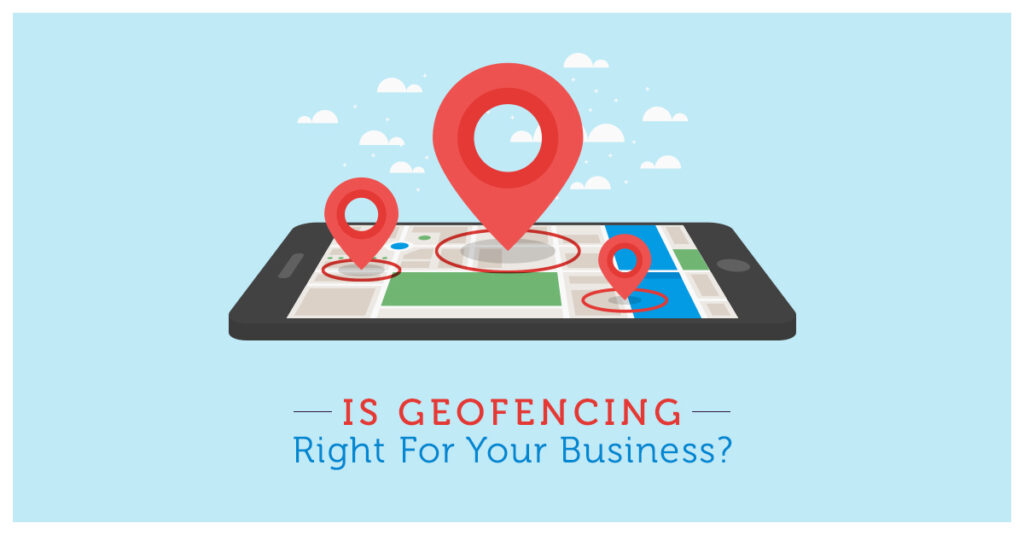
Common Features of Location Targeting Platforms
Location targeting platforms offer a wide range of features and capabilities to help businesses optimize their marketing campaigns. Here are some of the common features you can expect to find:
- Geotargeting: This feature allows businesses to deliver personalized content based on the user’s location. By tailoring messaging to specific regions, cities, or neighborhoods, businesses can create highly relevant campaigns that resonate with their target audience.
- Geofencing: Geofencing enables businesses to set virtual boundaries and target users who enter or exit those areas. This feature is particularly useful for driving foot traffic to physical stores or for targeting event attendees within a certain radius.
- Location Analytics: Location targeting platforms provide businesses with valuable insights into the behavior and preferences of their audience. By analyzing user data, businesses can gain a deeper understanding of their target market and make data-driven decisions to optimize their marketing efforts.
- Cross-Device Targeting: With the rise of mobile devices, location targeting platforms have evolved to include cross-device targeting capabilities. This allows businesses to deliver personalized content across multiple devices, ensuring a consistent and seamless user experience.
- Integration with Third-Party Platforms: Many location targeting platforms offer integrations with popular advertising platforms, such as Google Ads or Facebook Ads. This seamless integration allows businesses to leverage their existing advertising campaigns and extend their reach through location targeting.
When choosing a location targeting platform for your business, it’s important to consider your specific needs and goals. Each platform has its own strengths and weaknesses, so take the time to evaluate your options and choose the one that best fits your requirements.
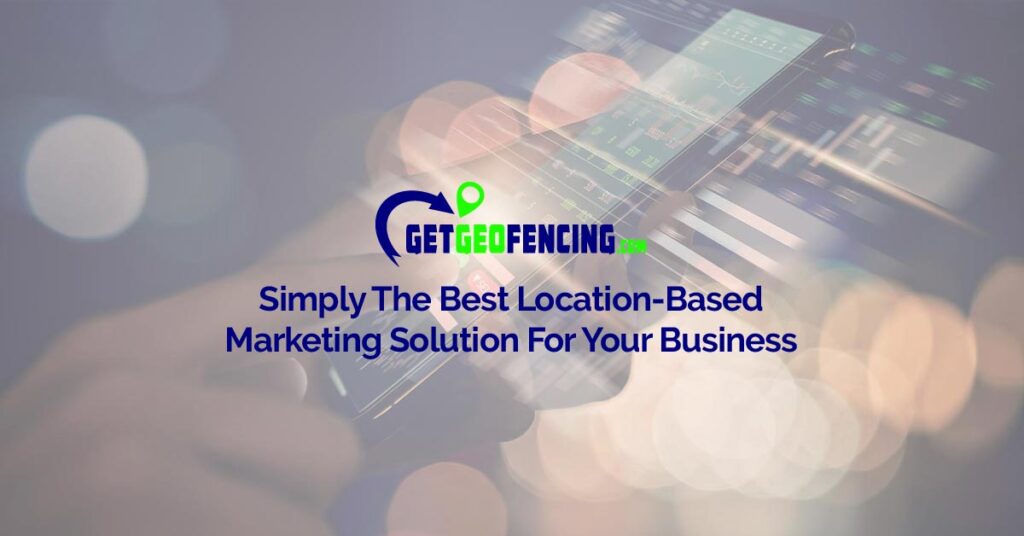
Choosing the Right Location Targeting Platform for Your Business
Choosing the right location targeting platform is crucial to the success of your marketing efforts. Here are some key factors to consider when making your decision:
- Accuracy and Reliability: Look for a platform that offers accurate and reliable location data. The quality of the data will directly impact the effectiveness of your campaigns, so choose a platform that has a proven track record in delivering accurate location information.
- Advanced Targeting Capabilities: Consider the targeting capabilities offered by the platform. Does it support geotargeting, geofencing, or other advanced location-based targeting methods? Make sure the platform offers the features that align with your marketing goals.
- Ease of Use: A user-friendly interface and intuitive workflow are essential for a seamless experience. Look for a platform that is easy to navigate and offers a smooth onboarding process.
- Integration Capabilities: Consider how well the platform integrates with your existing marketing tools and platforms. Seamless integration can save you time and effort, allowing you to leverage your existing campaigns and extend their reach through location targeting.
- Analytics and Reporting: Robust analytics and reporting capabilities are essential for monitoring the effectiveness of your location targeting campaigns. Look for a platform that provides comprehensive insights and actionable data to help you optimize your marketing efforts.
- Reputation and Customer Support: Do your research and consider the reputation of the platform. Read reviews, testimonials, and case studies to get a better understanding of what other users have experienced. Additionally, consider the level of customer support offered by the platform. Responsive and knowledgeable support can make a significant difference in your experience with the platform.
By evaluating these factors and making an informed decision, you can choose the right location targeting platform that aligns with your business goals and helps you achieve better results.

Best Practices for Using a Location Targeting Platform
To maximize the effectiveness of your location targeting campaigns, it’s important to follow best practices. Here are some tips to help you get started:
- Define Your Target Audience: Clearly identify your target audience and understand their preferences, behavior, and needs. This will help you create highly relevant and personalized content that resonates with your audience.
- Segment Your Audience: Segment your audience based on their location and other relevant factors. This will allow you to deliver more tailored messages and optimize your campaigns for better results.
- Set Clear Goals and KPIs: Define clear goals and key performance indicators (KPIs) for your location targeting campaigns. Establishing measurable objectives will help you track the success of your campaigns and make data-driven decisions.
- Test and Optimize: Continuously test different targeting parameters, messaging, and creative elements to optimize your campaigns. Use A/B testing to identify the most effective strategies and make data-driven decisions to improve your results.
- Monitor and Analyze: Regularly monitor the performance of your location targeting campaigns and analyze the data to gain insights. Use these insights to make informed decisions and refine your campaigns for better results.
- Stay Compliant with Privacy Regulations: Ensure that you comply with relevant privacy regulations, such as GDPR or CCPA, when collecting and using user data for location targeting. Respect user privacy and implement appropriate data protection practices.
By following these best practices, you can leverage the power of location targeting platforms to drive business success and achieve your marketing goals.

Case Studies: Successful Use of Location Targeting Platforms
To better understand the impact of location targeting platforms, let’s explore a few case studies:
- Case Study 1: Local Restaurant Chain: A local restaurant chain wanted to increase foot traffic to their newly opened locations. By using a location targeting platform, they created geofences around their stores and targeted users within a specific radius with personalized offers. The campaign resulted in a 20% increase in foot traffic and a significant boost in sales.
- Case Study 2: E-commerce Fashion Retailer: An e-commerce fashion retailer wanted to increase conversions by delivering personalized content to their target audience. By using geotargeting, they delivered location-specific product recommendations and promotions. The campaign resulted in a 30% increase in conversions and a higher average order value.
- Case Study 3: Global Tech Company: A global tech company wanted to promote their new product launch in specific regions. By using a location targeting platform, they delivered targeted ads to users in those regions, resulting in a 50% increase in product awareness and a significant boost in sales.
These case studies highlight the effectiveness of location targeting platforms in driving business growth and achieving marketing objectives. By leveraging the power of location targeting, businesses can unlock new opportunities and maximize the impact of their marketing efforts.
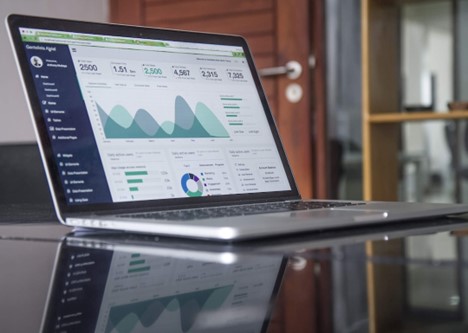
Integrating a Location Targeting Platform with Other Marketing Tools
To fully leverage the power of a location targeting platform, it’s important to integrate it with your other marketing tools and platforms. Here are some ways to integrate your location targeting platform for better results:
- Email Marketing: Use location targeting to personalize your email marketing campaigns. Segment your email list based on location and deliver targeted content that is relevant to each audience segment.
- Social Media Advertising: Integrate your location targeting platform with social media advertising platforms, such as Facebook Ads or Instagram Ads. This will allow you to extend the reach of your campaigns and deliver personalized content to a wider audience.
- Search Engine Marketing: Incorporate location targeting into your search engine marketing campaigns. Use location-specific keywords and create ad copy that is tailored to the user’s location.
- Content Marketing: Leverage location targeting to create localized content that resonates with your audience. Write blog posts, create videos, or develop other types of content that are specific to each location.
By integrating your location targeting platform with other marketing tools, you can create a seamless and cohesive marketing strategy that delivers personalized and relevant content to your audience across multiple channels.
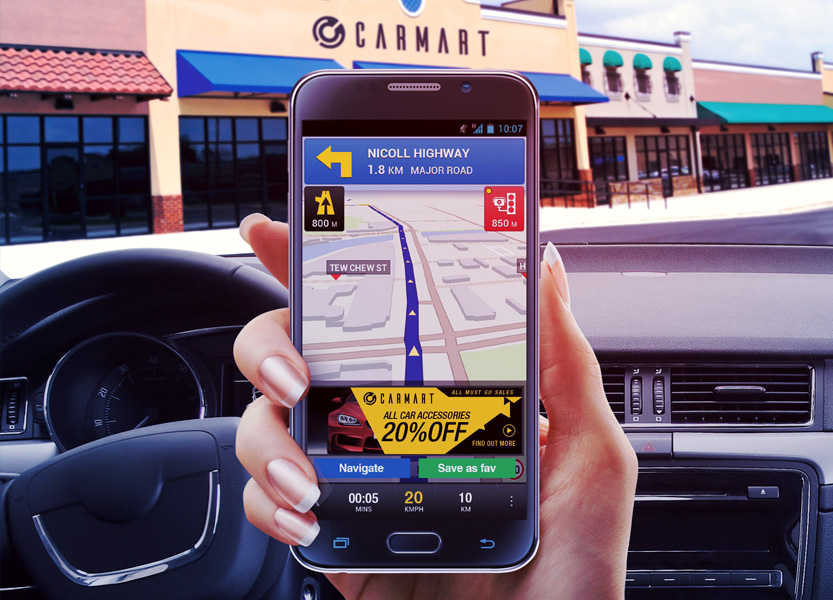
Tracking and Measuring the Effectiveness of Location Targeting Campaigns
Tracking and measuring the effectiveness of your location targeting campaigns is essential to optimizing your marketing efforts. Here are some key metrics and techniques to consider:
- Conversion Rate: Measure the percentage of users who take the desired action, such as making a purchase or filling out a form. Calculate the conversion rate for each location or audience segment to identify the most effective targeting strategies.
- Click-Through Rate (CTR): Track the percentage of users who click on your ads or content. A higher CTR indicates that your messaging and targeting are resonating with your audience.
- Return on Ad Spend (ROAS): Calculate the return on investment (ROI) for your location targeting campaigns. Compare the revenue generated against the ad spend to determine the effectiveness of your campaigns.
- Location Metrics: Analyze location-specific metrics, such as foot traffic, store visits, or online conversions, to gain insights into the impact of your location targeting campaigns.
- A/B Testing: Conduct A/B testing to compare different targeting parameters, messaging, or creative elements. This will help you identify the most effective strategies and optimize your campaigns for better results.
- Heatmaps: Use heatmaps to visualize user engagement and behavior based on location. This will help you identify areas of high interest or areas that may require further optimization.
By tracking and measuring these metrics, you can gain valuable insights into the effectiveness of your location targeting campaigns and make data-driven decisions to optimize your marketing efforts.

Conclusion: Leveraging the Power of Location Targeting Platforms for Business Success
In an increasingly competitive digital landscape, it’s crucial for businesses to reach the right audience at the right time. A location targeting platform empowers businesses to do just that. By leveraging user data, businesses can deliver personalized and relevant content based on the user’s geographical location, increasing the chances of engagement and conversion.
From precise targeting and increased relevance to optimized ad spend and higher conversion rates, the benefits of using a location targeting platform are numerous. By choosing the right platform, following best practices, and integrating it with your other marketing tools, you can unlock the power of location targeting and drive business success.
So, if you’re ready to take your marketing to the next level, it’s time to explore the benefits of a location targeting platform. Start by defining your target audience, setting clear goals, and choosing the right platform that aligns with your business needs. With the


